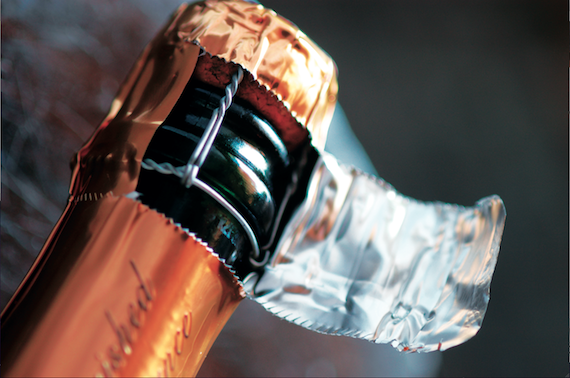Moët & Chandon opened a winery in the south of the country at the beginning of the 1970s, and both traditional-method and Charmat-method wines are common. Sparkling Moscato (white and rosé) is growing in production and consumption.
Challenges Down Under
Australia, however, is struggling a little with sparkling wine. There are several producers making very high quality wines, such as Arras, Jansz, Croser, Domaine Chandon and Pirie Tasmania. But the more commercial wines are not making much headway.
Brett McKinnon, global operations director of Pernod Ricard Winemakers, who is responsible for the Jacob’s Creek brand of sparkling wine, says: “The Australian sparkling wine category is currently challenging, with global volumes down 4% in the past three years.
“However, there are encouraging signs that the category is premiumising, with the super premium plus price segment (above US$15 per 75cl) growing at 12%. The markets driving growth of Australian sparkling wine include: China (+42%), Japan (+12%), the Netherlands (+9%) and Canada (+4%).”
The Jacob’s Creek sparkling range was launched in 1998, and is now the largest brand by value in the Australian sparkling category.
McKinnon points out that today Jacob’s Creek is one of the only wine brands in the world to have a successful range of sparkling wines under the same brand name as its still table wines. The markets driving its growth are Thailand (+119%), the Netherlands (+28%), China (+26%) and New Zealand (+4%).
What about New Zealand? There are plenty of vineyards in cooler areas that should be ideal for producing Kiwi fizz. Some good wines are being made, but it appears to be a bit of a sideshow.
Montana (now Brancott) made some well-priced wines under the Lindauer brand, and even nicer wines in partnership with champagne house Deutz, labelled Deutz Marlborough. But Pernod Ricard sold Lindauer to Lion Nathan a few years ago, and outside the domestic market, sparkling is no longer a priority for Brancott.
The most celebrated Kiwi sparkler is produced by Daniel Le Brun, who in the mid-1990s sold the rights to his name and sparkling wine business, and had to leave the market for three years, before coming back in 1999 with his No 1 Family Estate.
Other top names include Huia, Cloudy Bay Pelorus and Nautilus in Marlborough, and Akarua and Quartz Reef in Central Otago. In export markets New Zealand sparkling wine is currently growing strongly in Sweden (+57%) and Canada (+53%).
One recent innovation has been sparkling Sauvignon Blanc, a product that was born from the surplus production in 2008. Producers found that carbonation was the method that worked best, preserving the lively grassy Sauvignon character with the added interest of bubbles. Another new innovation has been Villa Maria’s Lightly Sparkling range, which is sealed with screwcap and has less pressure than traditional sparkling wines.
The US makes a lot of sparkling wine, and some of it is very good. Champagne houses including Piper-Heidsieck, Deutz, Louis Roederer, Mumm and Taittinger rushed to California in the 1980s, either starting their own ventures or forging partnerships; two major Cava houses – Freixenet and Codorníu – also joined in.
The majority of this sparkling wine production has been for domestic consumption, because the foreign houses have no desire to compete with themselves in other markets, and by the time these products would have landed abroad their prices would not be terribly competitive. The exception is sparkling Moscato, which has been successful in both domestic and export markets.




